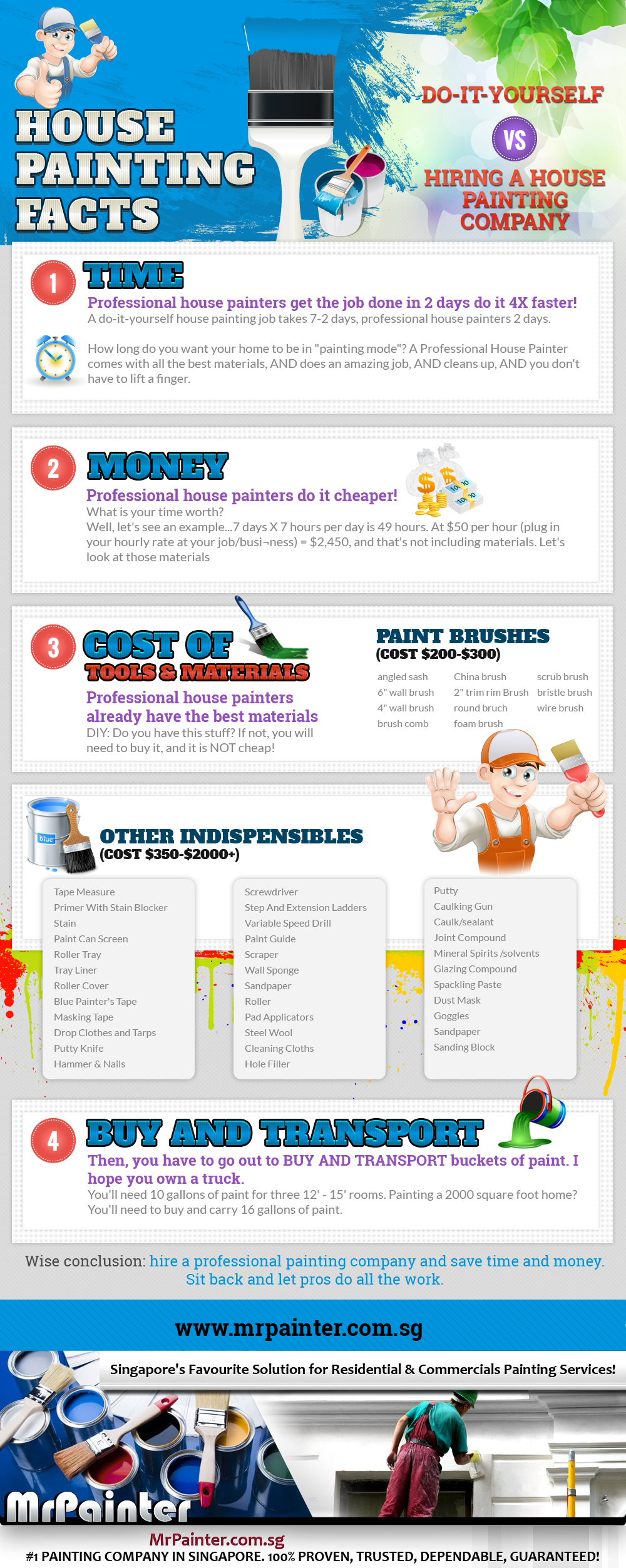Check Out The Effect Of Seasonal Elements On The Effectiveness Of Industrial External Painting And Determine The Ideal Times To Accomplish Long-Lasting Results For Your Project
Check Out The Effect Of Seasonal Elements On The Effectiveness Of Industrial External Painting And Determine The Ideal Times To Accomplish Long-Lasting Results For Your Project
Blog Article
Authored By-Fox Whalen
When you're preparing an industrial exterior paint project, seasonal elements can make or break your results. You'll want to think about just how temperature and moisture impact paint application and drying out times. Selecting the right period can guarantee your paint adheres appropriately and lasts much longer. However which seasons are absolutely the very best for this kind of job? Let's check out the crucial elements that can affect your task's success.
The Effect of Temperature Level on Paint Application
When you're planning an industrial external painting job, the temperature level can substantially affect just how well the paint sticks and dries.
Ideally, you wish to repaint when temperatures vary between 50 ° F and 85 ° F. If it's as well cool, the paint might not treat properly, leading to problems like peeling off or breaking.
On the other side, if it's too hot, the paint can dry also swiftly, avoiding appropriate bond and leading to an irregular finish.
You ought to additionally take into consideration the moment of day; early morning or late afternoon supplies cooler temperatures, which can be extra desirable.
Constantly check the supplier's recommendations for the specific paint you're using, as they usually give support on the excellent temperature level variety for optimal results.
Humidity and Its Result on Drying Times
Temperature isn't the only ecological element that influences your industrial outside painting project; moisture plays a considerable duty also. High humidity degrees can reduce drying times significantly, impacting the overall top quality of your paint work.
When the air is saturated with dampness, the paint takes longer to cure, which can result in concerns like bad bond and a greater risk of mildew development. If you're repainting on a specifically moist day, be planned for extensive wait times between layers.
Get the facts to keep track of neighborhood weather and strategy accordingly. Ideally, aim for moisture degrees in between 40% and 70% for optimum drying out.
Keeping these consider mind guarantees your task stays on track and supplies a lasting surface.
Best Seasons for Commercial Outside Painting Projects
What's the very best season for your business external paint tasks?
Spring and very early autumn are typically your best options. During these periods, temperatures are moderate, and moisture levels are commonly lower, producing optimal conditions for paint application and drying out.
Stay clear of summer's intense heat, which can cause paint to dry also rapidly, leading to poor attachment and coating. In a similar way, winter's chilly temperatures can hinder appropriate drying out and treating, running the risk of the durability of your paint job.
Aim for days with temperatures in between 50 ° F and 85 ° F for optimum outcomes. Remember to examine the regional weather prediction for rainfall, as damp problems can destroy your project.
Preparation around these variables ensures your paint job runs smoothly and lasts longer.
Final thought
Finally, preparing your industrial exterior painting projects around seasonal factors to consider can make a considerable distinction in the end result. By organizing work throughout the excellent temperature levels and moisture degrees, you'll make certain much better attachment and drying out times. https://professional-exterior-hou66665.answerblogs.com/34659220/preparing-your-home-for-the-arrival-of-specialist-home-painters in mind to watch on local weather forecasts and choose the correct time of year-- springtime and early loss are your best bets. Taking these actions will help you accomplish a long lasting and expert finish that lasts.
